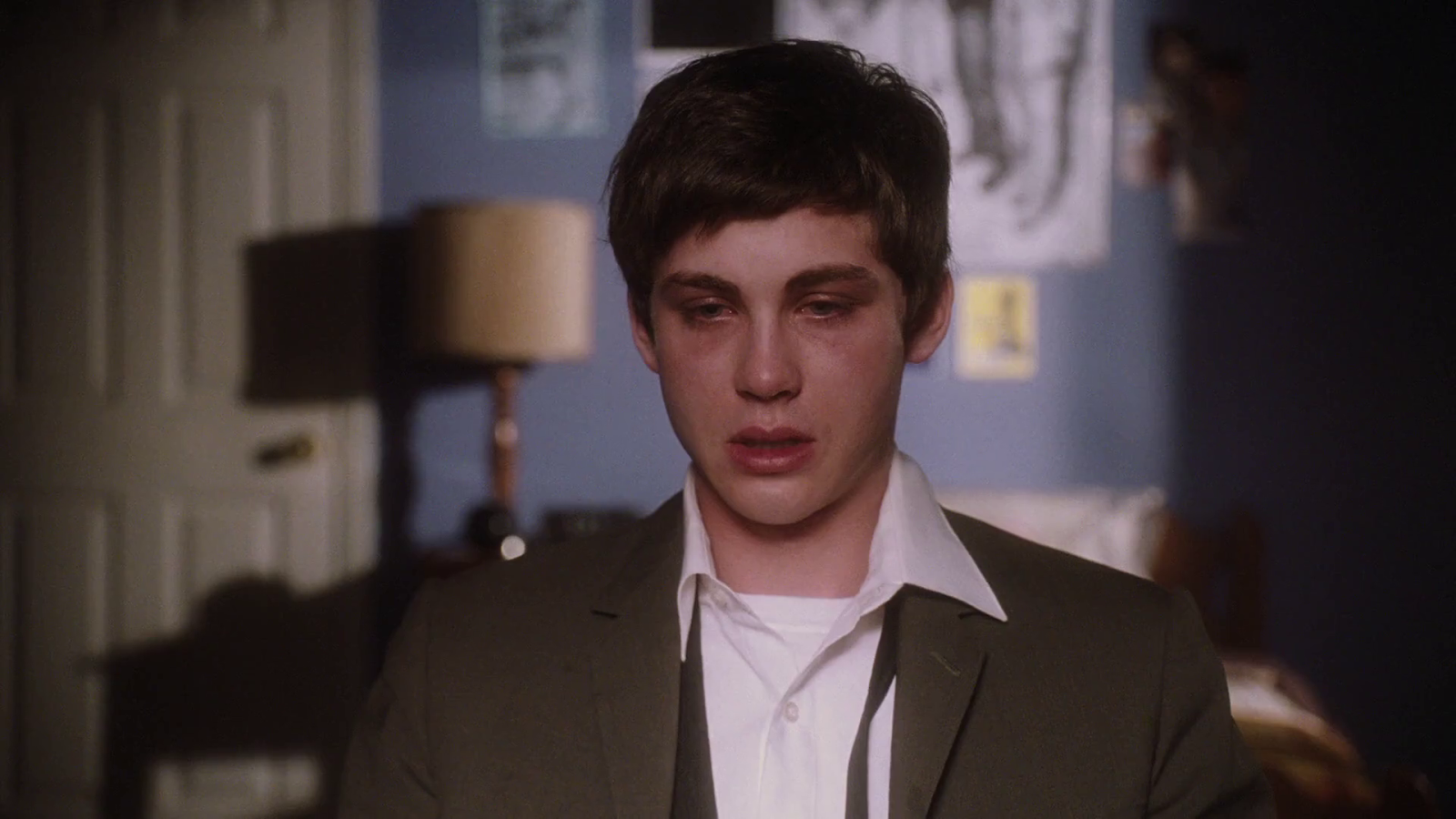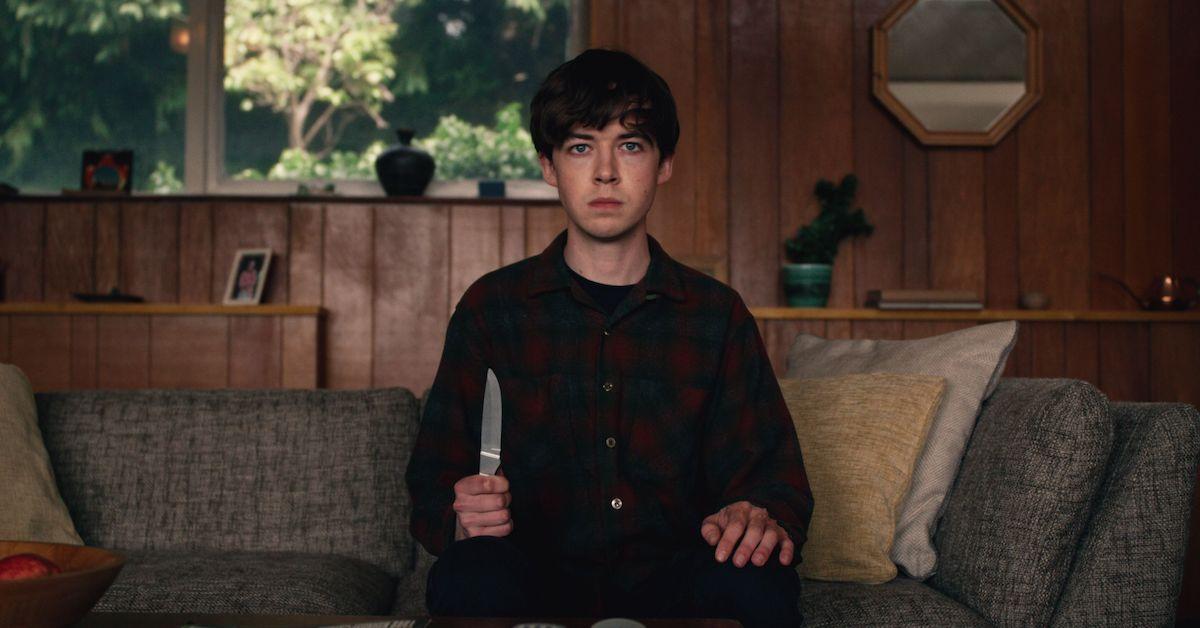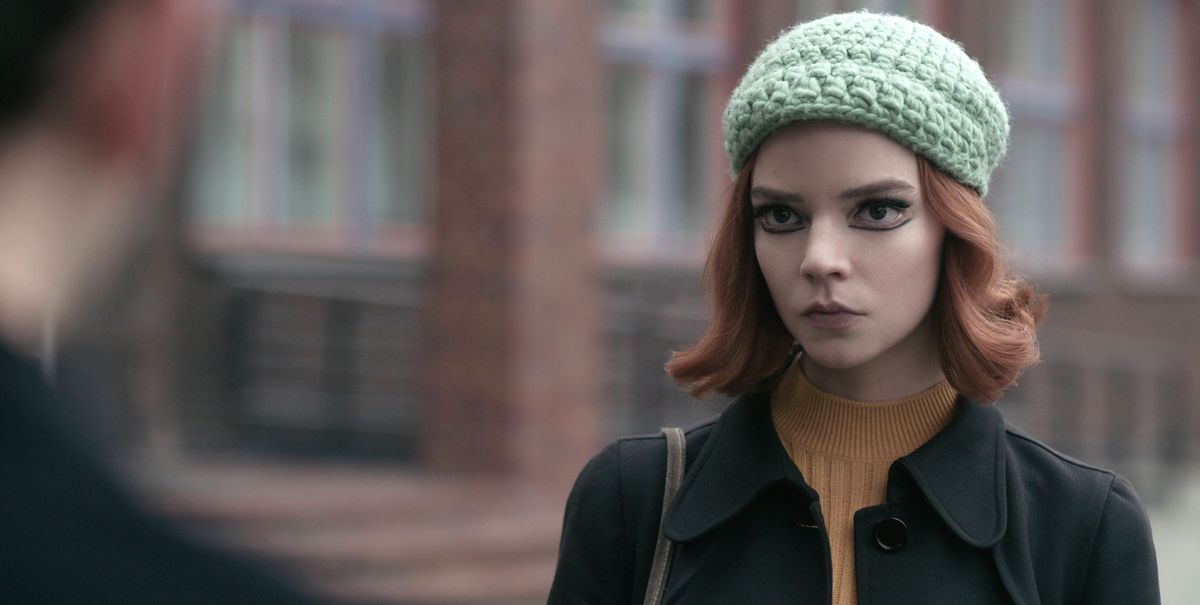Table of Contents Show
It is a tough task to utilize and portray mental illnesses in television without glamorizing or ignoring the reality of the psychological aspect — and some films, unfortunately, fall into the pattern of displaying mental illnesses in a disproportioned manner. However, there are just a few films and TV series that execute the reality and seriousness of mental illness through characters in such a way that allows them to share the feelings and trauma that has been induced in these characters’ lives with the audience. Illnesses such as depression, anxiety, and post-traumatic stress disorder (PTSD) are displayed through these characters from causes such as traumatic memories, abuse in childhood, and more. Here are four astoundingly played characters in television that display psychological illnesses in a new light.
Charlie: The Perks Of Being A Wallflower
The main protagonist of the film, Charlie Kelmeckis, sheds new light on anxiety and PTSD. The Perks of Being a Wallflower centers around an introverted teenager entering his freshman year of high school. The film insinuates that he is maturing and becoming more independent; yet, still, something is pulling him back into the past. He meets a new group of friends, who are all seniors, and Charlie, feeling that he has developed a new friend group after the decease of his best and only friend a year ago, is elated. However, throughout the film, we notice that Charlie suffers multiple PTSD episodes while he is with his friends, his family, and himself. Repressed memories resurface when one of his new friends, Sam, touches him on the knee. He also suffers a blackout after encountering a fight at his school. We later learn that Charlie’s aunt had passed away when he was a child, which alludes to why all of the memories that resurface when Charlie faces PTSD are when he is with his aunt.

At the end of the film, Charlie suffers from an anxiety attack, saying things to himself such as, “Stop crying” (( Chbosky, Stephen, director. The Perks of Being a Wallflower. Summit Entertainment, 2012. )) and blaming himself for his aunt’s death. The scene then cuts to him waking up at a therapist’s office, and we only learn then that Charlie was facing PTSD due to his aunt sexually abusing him as a child. The film provides us with the perspective of a growing teenager who suffered from traumatic events as a kid and was never reassured. Its intricate method in displaying the reality of PTSD and its effects on social and personal relationships as a growing child was masterfully and astoundingly employed. In addition, its introduction to Charlie’s background and why he suffers from social anxiety played a significant part in demonstrating the struggles of experiencing mental illness as an adolescent.

Television tends to showcase the “aesthetic” aspect of having a mental illness while completely ignoring the seriousness of its mental effects. The Perks of Being a Wallflower allows us to witness the reality of PTSD without its “pleasing-to-see” filters and look at Charlie from a new angle that could have been lost without the proper approach. We see Charlie not just as someone who is psychologically ill, but as a boy who went through something he didn’t deserve and was unfortunately left with the consequences as he grew older.
Arthur: Joker
Arthur Fleck of Joker displays the hardships and struggles of growing up being ostracized from society and peers. After being raised by a mother who didn’t give him the proper care he needed and being abused as a child by his mother’s boyfriends, he believes that he lives in a distorted reality and develops confusion over the position he holds in his life and the world. The abuse he received as a child leads him to develop issues in his relationship with mental illness, including what we can infer is a tic that causes involuntary, sudden outbursts of laughter. His state as an adult causes him to develop depression and anxiety. He even receives abuse by strangers, both physically and emotionally, most of it being from discrimination over his tic.

The feeling of being out of place and not knowing who his true identity is causing Arthur to develop the alter ego, “Joker” — someone who he can escape to, put on a mask, and disguise himself to become. Ironically, at the end of the film, Joker is finally accepted by society, which is what Arthur had wanted his whole life. When he is still Arthur, however, we see him struggle with his sense of reality, developing imaginary visions, which leads him to conceive an entirely fake relationship with a woman he had only met once at his apartment building.

After multiple accounts of murder caused by himself, he progresses through his life with a seemingly calm and collected demeanor, signaling the development of his psychotic personality as the movie progresses along with his deteriorating mental state. Arthur’s transformation into the identity of the “Joker” was not immediate; it was the cause of years of unjust ostracizing and misunderstood bigotry. The film captures the idea that Arthur’s fate was determined by his surroundings before he was even allowed to decide what he wanted with his life. The impact of his peers, family, and childhood forced the transformation into the psychotic villain we now know as Joker. The film details how even though it probably sounds absurd to emphasize with a villain — the “Joker” — we are reminded that he was someone else before his alternate ego: just Arthur.
James: The End Of The F***ing World
17-year-old James of The End of the F***ing World gives us an outlook on the impact of traumatic memories on the psychological development of victims through age. As a kid, James had to face and deal with his mother’s depression for so long, to the point that she commits suicide with James as a bystander, witnessing the entire incident. From this point on, he succumbs to a feeling of numbness and finds himself engaging in abnormal activities. Because of this traumatic memory, along with the state of his childhood and family life, James developed signs of mental illness at a young age, ranging from the lack of being able to physically express any emotion to concerning anger issues against his father that he kept to himself.

He would also hunt animals of all sizes, from hummingbirds to cats, and keep their lifeless bodies. He had developed such a numb outlook on life since (and well before) his mother’s death that he deliberately plunged his hand into a fryer, expressing that he “wanted to make himself feel something” (( Ekaragha, Destiny, director. The End of the F***ing World. Clerkenwell Films, 2017. )) leading to a third-degree burn that would remain on his skin for years. James details that he had gained enough experience from hunting animals that he wanted to search for a new target — a human body. He finds exactly what he needs when he meets Alyssa, an angsty teenager dealing with her own family struggles as well. As much as he tries, however, he can’t seem to find the perfect time or instance to do the deed. Over time, he develops a liking for Alyssa and loses interest in killing for pleasure.

This series brings up a new discussion over the topic of anti-personality disorder. It allows us to reflect on the fact that people subject to this kind of mentality are not villains but rather victims of years of hardships from society and life. The End of the F***ing World recognizes the perspective of a child who faced the unfortunate causes of traumatic childhood at a young age and how it developed throughout his adolescence.
Beth: The Queen’s Gambit
The Queen’s Gambit highlights a teenager in the ’60s who only knew life as the orphanage she was raised in. Beth Harmon was left as an orphan after her dad left and her mom passed in a car crash with her, unfortunately, in the same car witnessing her death — similar to James at The End of the F***ing World. Being a bystander to her mother’s suicide and left without any real support in her life, she obviously grew up in a tough environment. However, she finds new hope after she is introduced to the game of chess and is immediately intrigued.

The orphanage she grew up in required all kids to consume pills meant for healing anxiety attacks. She gains advice from a friend, Jolene, to only take the pills at night. Beth decides to do so, and she falls asleep to envisioning a seemingly life-like chessboard on the ceiling above her bed caused by the drugged pills. Beth grows up to be a natural prodigy at chess and is engulfed with a feeling of always perfecting her playing method, not believing that losing to anyone was even an option. Due to her developing an addiction to the pills as a child, she falls easily into the cycle of substance and alcohol abuse. Beth finds it her sole duty to win against every opponent she encounters when she plays chess and discourages herself deeply every time she even encounters a draw with a match. This self-destructive behavior could have ultimately forced her into an unrelenting cycle of discouragement — however, she is enlightened after she wins a match while being sober. Seeing as she has never won a match before without being on her pills, she is newly accepting and appreciative of her life and chess.

The series does an astounding job at connecting the cycle of substance abuse with Beth’s relationship in competing. The strive for her to win every match she encounters relates indefinitely to the feeling that she is incapable of winning without the aid of her pills. In the end, we can see that she is no longer reliant on what the pills can do for her, but rather what she can do for herself to better her own mental state. We watch as the series develops from the beginning of Beth’s traumatic childhood to how she applied herself to her almost toxic admiration for chess to her at the end when she is finally accepting of herself not to be required to win all the time.
The Importance Of Mental Illness In Television
It is necessary to have characters like these to provide representation for people who have these mental illnesses and raise awareness and information on what and how these psychological aspects arise. There is a lot of misinformation on mental illness simply due to a lack of communication and consciousness about the issue. Television is something that everyone can connect with — films and TV series like these allow the audience to empathize with these characters and people who possess the same psychological defects to relate on a personal level. It is important to consider the effects that psychological illnesses have on us as a society so that we can evolve with a more mentally aware and inclined mindset as a community.
